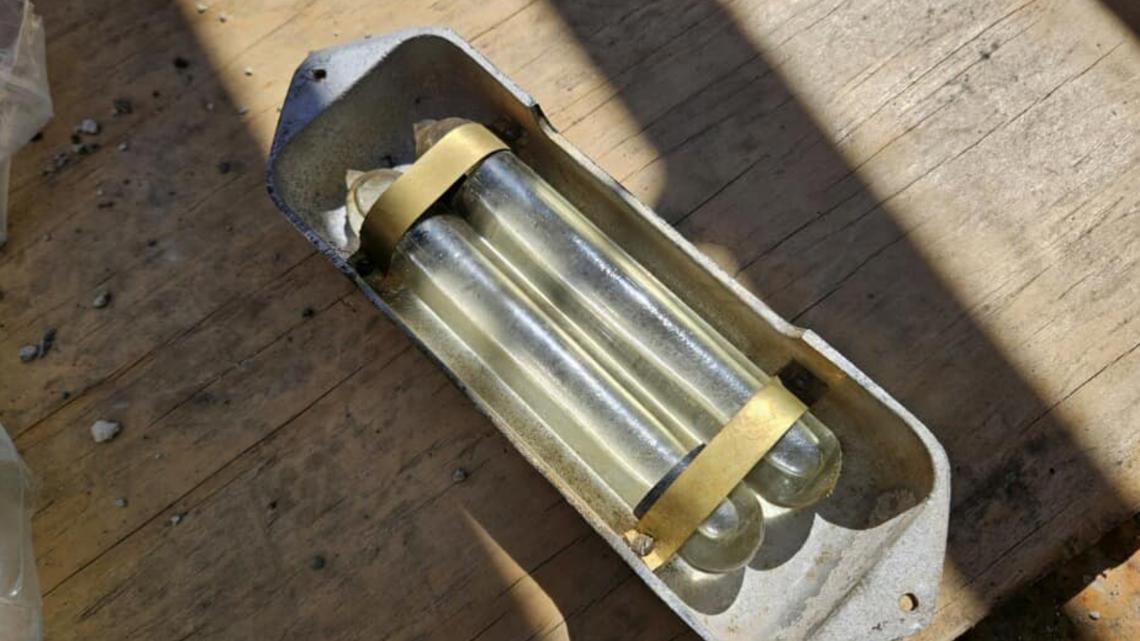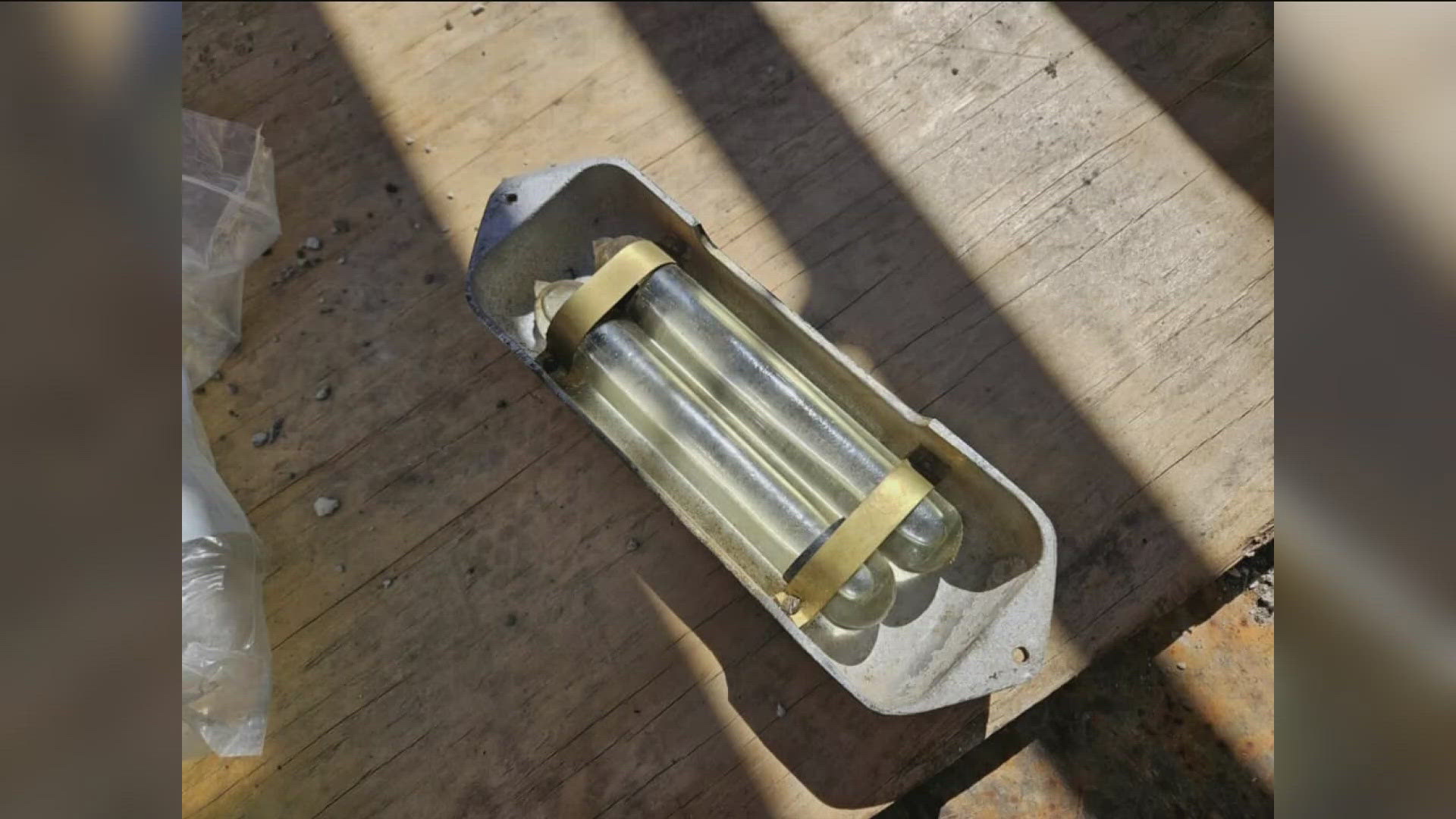TIFFIN, Ohio — A Tiffin resident who purchased an antique safe recently was met with quite the surprise - sealed vials that led to a police call and ultimately a bomb squad crew responding to the incident.
On Wednesday, Tiffin police said in a social media post they received a call from a resident who noticed something unusual in an antique safe he had recently purchased. The resident told police he had found inside the safe sealed vials with a liquid in them.
Police investigated the safe and vials and was able to determine they were likely filled with chloropicrin, a chemical used in World War I as a toxic tear gas. They were also used, as was likely the case for this scenario, as a deterrent to would-be safe crackers in the first half of the 20th century.
According to the Center for Disease Control, safes and vaults were sometimes outfitted with this chemical beginning in 1920s and into the 1950s. If tampered with, the glass vial could break, releasing the chemical and causing symptoms such as eyes, skin and respiratory irritation, as well as nausea and vomiting, among other symptoms.
Tiffin police did not mention in their post any instance of the vials cracking and causing symptoms among the resident or any officers.
As the preferred method for disposal of chloropicrin is demolition, Tiffin police contacted the Northwest Ohio Bomb Squad, which operates out of the Toledo Police Department.
Bomb squad officers also determined the chemical to be chloropicrin, and transported the vials to a remote location, where they conducted a controlled demolition.
Below are pictures of the vials, as included in Tiffin Police's post:


These photos appear to show the metal cases chloropicrin was often stored in and with which it was fastened to the back door of a safe. That way, anyone who attempted to open the safe in any way beside the intended way (drilling or breaking the door) would potentially be exposed to this very unpleasant chemical.


The CDC says if you use or around around older safes and vaults, such as bankers, locksmiths and jewelers, you should know how to identify these devices, and should not tamper with them. If you find what you believe to be chloropicrin or any other hazardous material, be sure to call local authorities.
WATCH MORE

